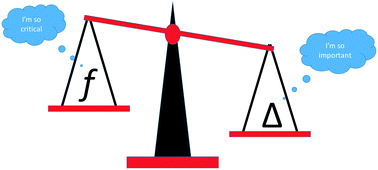Exploring stable, sub-ambient temperatures in mechanochemistry via a diverse set of enantioselective reactions†
Abstract
Recently developed capabilities for performing mechanochemistry below ambient temperatures offer an opportunity for strengthening the fundamental understanding of energetics in mechanochemical systems. We continue exploring these fundamentals by applying a unique reactor modification to reactions both new and old in mechanochemical literature, looking back in one case to explain observations made more than ten years ago. Our investigation includes proline-catalyzed aldol reactions; enantioselective multicomponent reactions between an aldehyde, an amine and an alkyne; and Diels Alder reactions. Results indicate that the new system allows for independent control of temperature and frequency effects, which are often conflated and can make interpretation challenging or impossible. Implications for the field of mechanochemistry are broad, and they are especially pertinent with respect to reactor and experimental design for both mechanochemical kinetic studies and reaction discovery. Furthermore, we introduce the term “mixability coefficient,” which describes the ease of interparticle mixing, which will dictate the relative frequency dependence of the reaction rate.



 Please wait while we load your content...
Please wait while we load your content...